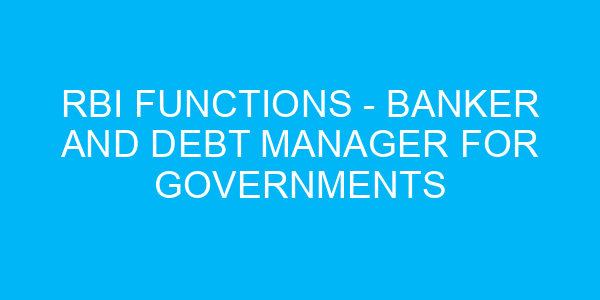26. Which committee is responsible for monitoring and managing government debt in India?
a) Monetary Policy Committee
b) Public Debt Management Agency
c) Cash Management Committee
d) Internal Debt Management Committee
27. What is the main objective of RBI as a debt manager for the government?
a) Maximizing profitability from government securities
b) Minimizing the government’s borrowing requirements
c) Maintaining stability in the government securities market
d) Eliminating the need for government borrowing
28. Which of the following is NOT a function of RBI as a debt manager?
a) Advising the government on the timing and type of government borrowings
b) Managing the issuance, redemption, and servicing of government securities
c) Determining the budgetary allocations for government programs
d) Conducting auctions for government debt
29. What is the maturity period of Treasury Bills in India?
a) Less than 30 days
b) Between 30 days and 1 year
c) Between 1 year and 10 years
d) More than 10 years
30. What is the primary liability of the government towards holders of Treasury Bills?
a) Payment of the face value of the Treasury Bills at maturity
b) Payment of interest on the Treasury Bills
c) Payment of both the face value and interest on the Treasury Bills
d) Exempting the payment of any liability



